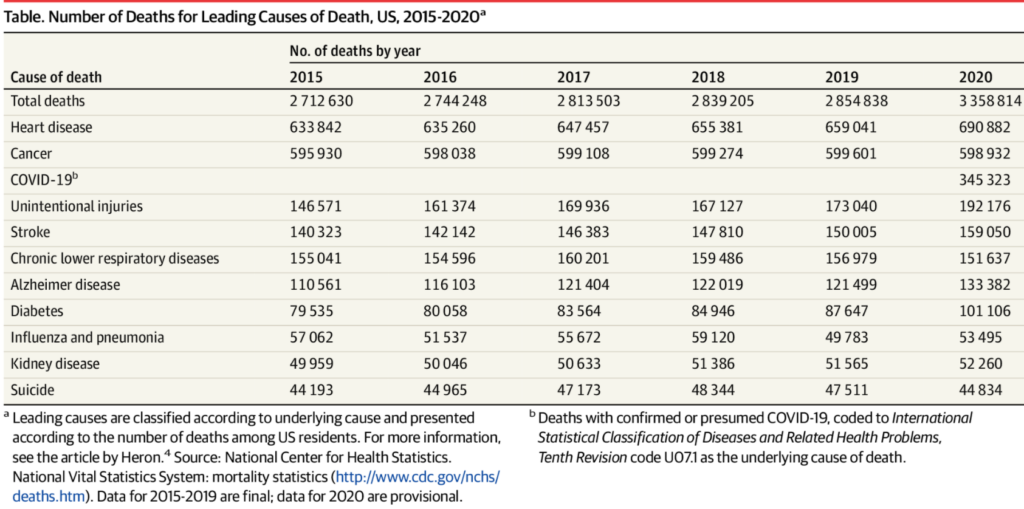Link: https://www.propublica.org/article/the-lost-year-what-the-pandemic-cost-teenagers
Excerpt:
As many of these experts have noted, the cost of restrictions on youth has gone beyond academics. The CDC found that the proportion of visits to the emergency room by adolescents between ages 12 and 17 that were mental-health-related increased 31% during the span of March to October 2020, compared with the same months in 2019.A study in the March 2021 issue of Pediatrics, the journal of the American Academy of Pediatrics, of people aged 11 to 21 visiting emergency rooms found “significantly higher” rates of “suicidal ideation” during the first half of 2020 (compared to 2019), as well as higher rates of suicide attempts, though the actual number of suicides remained flat.
….
Even with fall sports canceled, the Hobbs school district, with almost 10,000 students, was still hoping to open the new school year for as much in-person instruction as possible. More than just scholastic considerations were driving this. In late April, six weeks into the spring’s pandemic lockdowns, the community had been stunned by the suicide of an 11-year-old boy, Landon Fuller, an outgoing kid who loved going to school and had, his mother said, struggled with the initial lockdowns.
New Mexico has consistently had one of the highest youth suicide rates in the country — it’s roughly twice the national average — and preliminary state statistics would later show the 2020 rate as unchanged. Nationwide, deaths by suicide in the 10-to-24 age group increased by half between 2007 and 2018, a trend that has been linked to multiple factors, from the growing availability of guns to the spread of smartphones and social media. In New Mexico, mental health experts say, the factors also include high rates of depression on Native American reservations, and rural isolation in general.
Author(s): Alec MacGillis
Publication Date: 8 March 2021
Publication Site: ProPublica





